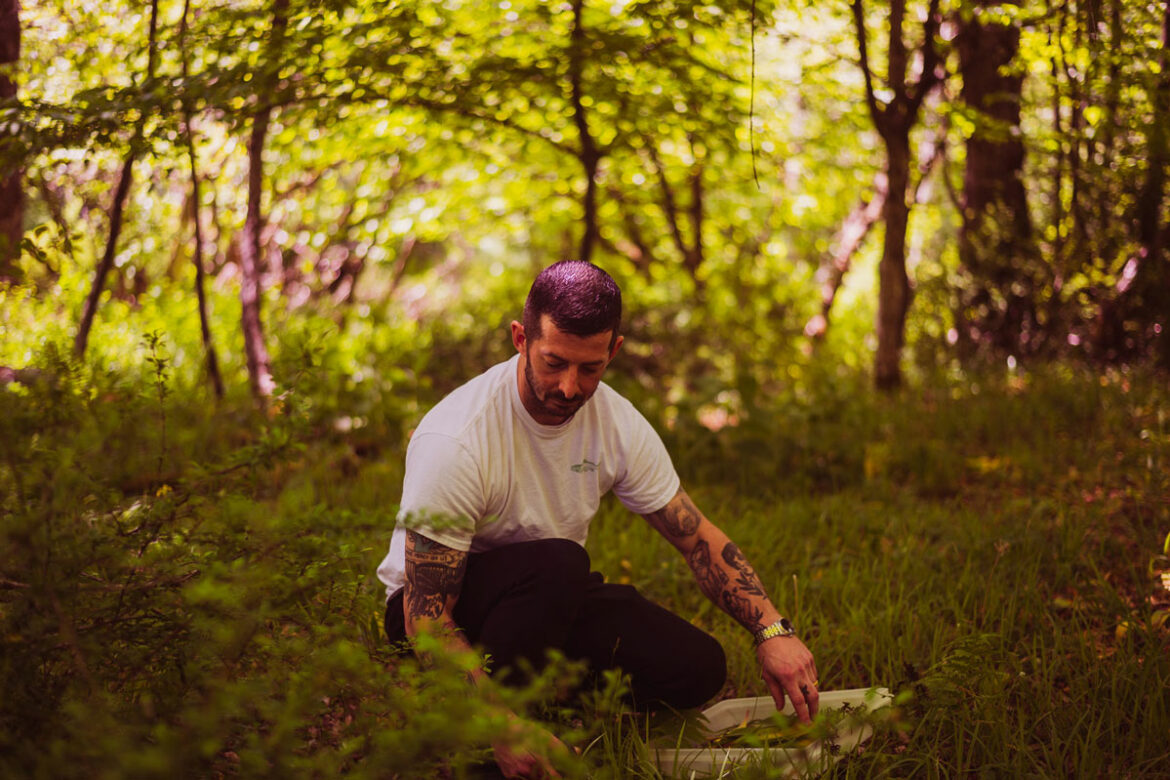Sullivan County is 970 square miles of rolling hills, northern hardwood forests, lakes, and rivers. It is bound by the Catskill Mountains to the north, the Shawangunk Mountains to the southeast, and the Delaware River to the southwest.
For centuries, the economy and life of the region have relied on the tourists who flock to the ski resorts in the winter and the copious other outdoor recreational opportunities in the summer. But the visitors wouldn’t keep coming to this remote corner of the Catskills if there wasn’t more to the story.
At The DeBruce, owner Sims Foster and Culinary Director Eric Leveillee are working to tell that story through food, and the experience of enjoying their seasonal tasting menus.
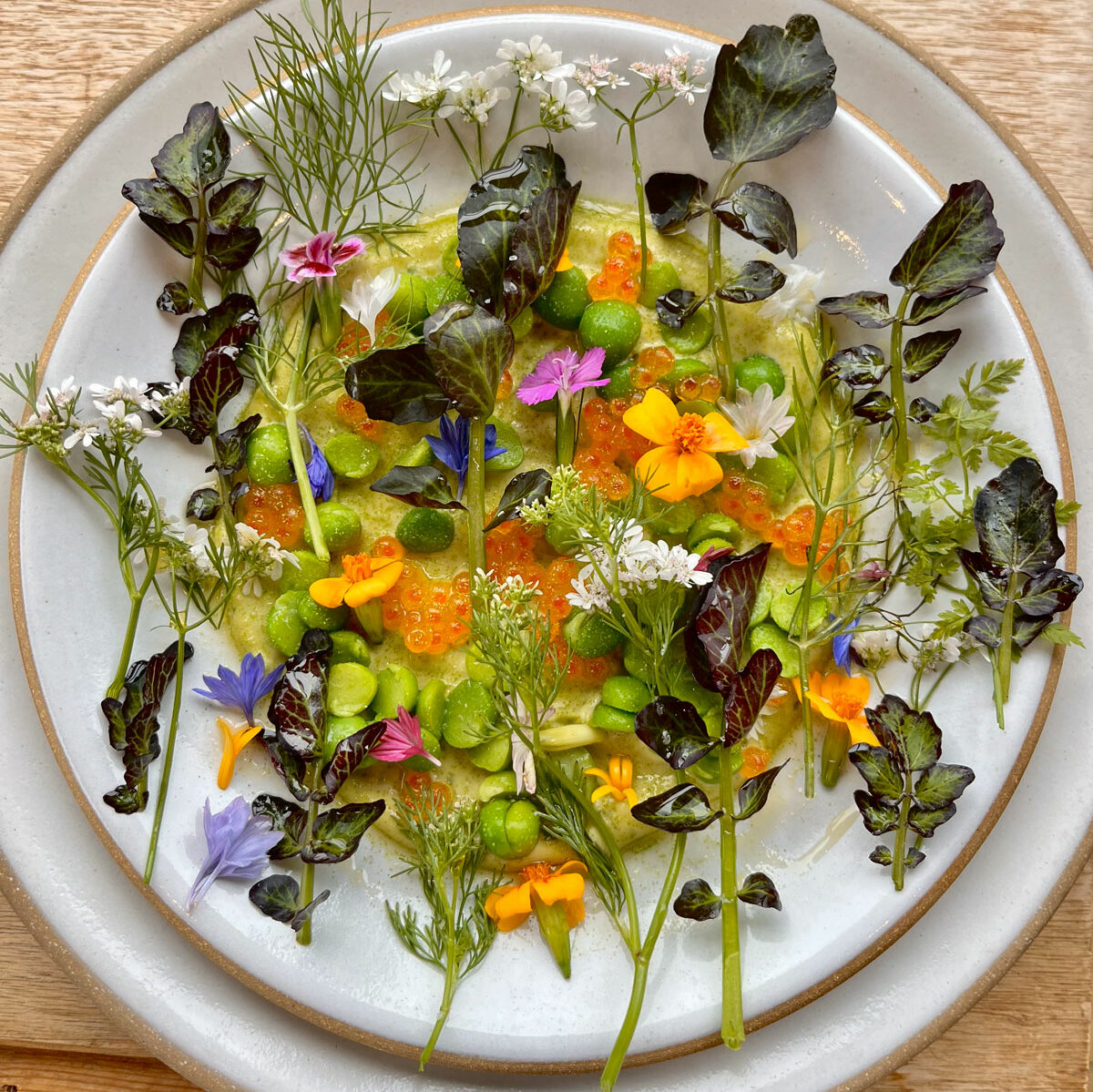
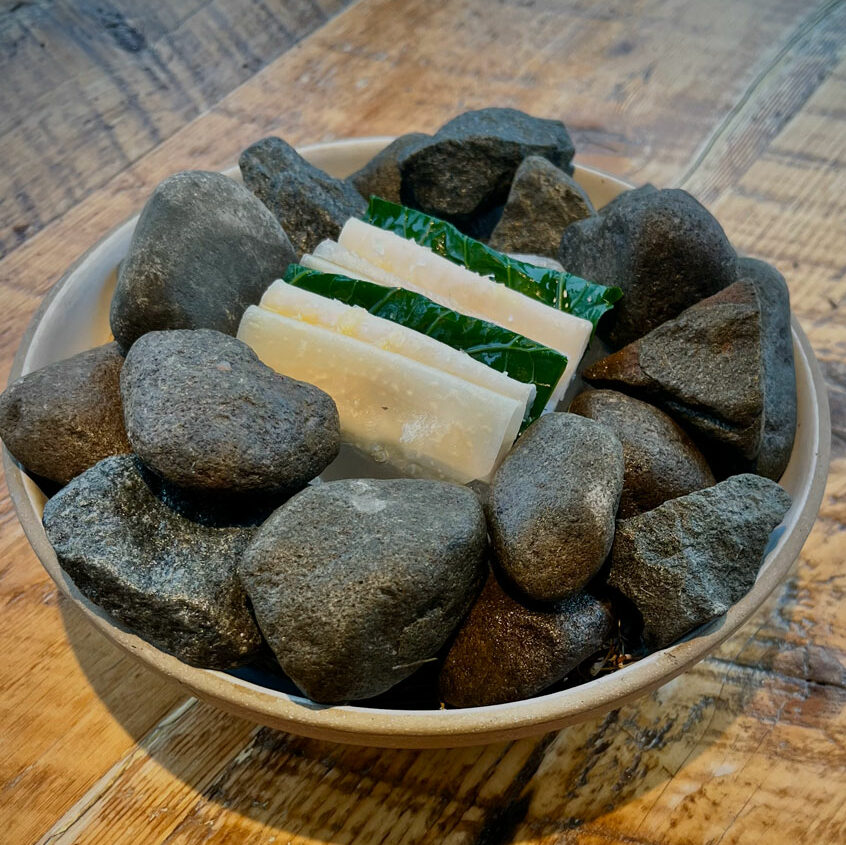
Question: Why do you think telling the story of this place—this specific place, but also Sullivan County more broadly—is important?
Answer (Sims Foster): It has always been part of my mission to share the story of Sullivan County. Both sets of my great-grandparents moved here in the 1910s, so to me it’s emotionally critical. I got my first job working for my grandmother’s best friend at her restaurant down the street from here in Livingston Manor when I was 13. We have four properties in Sullivan County right now, and each one’s mission is slightly different. Here at The DeBruce, we try to share the history of the place, and what’s happening in the mountains and streams right on our 600-acre property and in the neighboring farms. I’ve always wanted to make sure that our menu only made sense here. Currently, we have five seasonal menus that reflect the life and world of Sullivan County, and what’s growing and in season, which doesn’t really fit into a four-season format. We’re moving right now from Heritage to Stream. Then it’s Farm, then Harvest, then Mountain. If you moved 80 miles in any direction, it would no longer make sense.
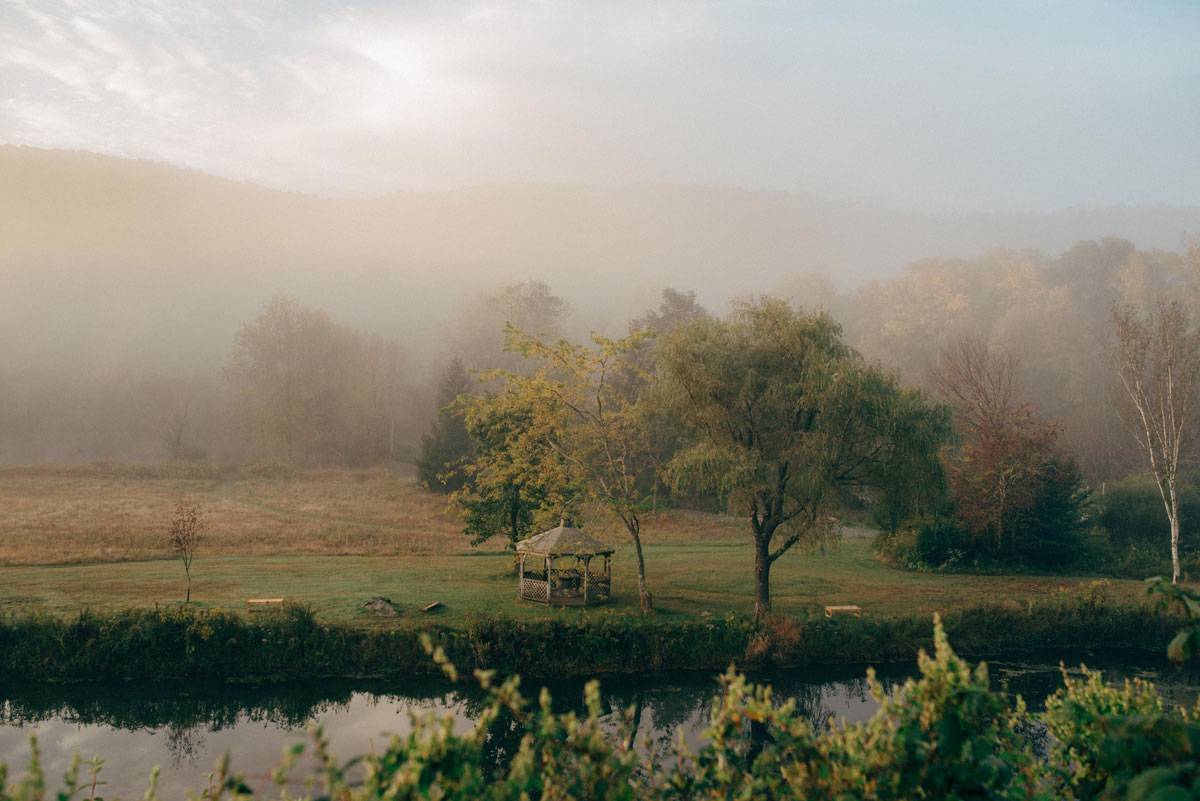

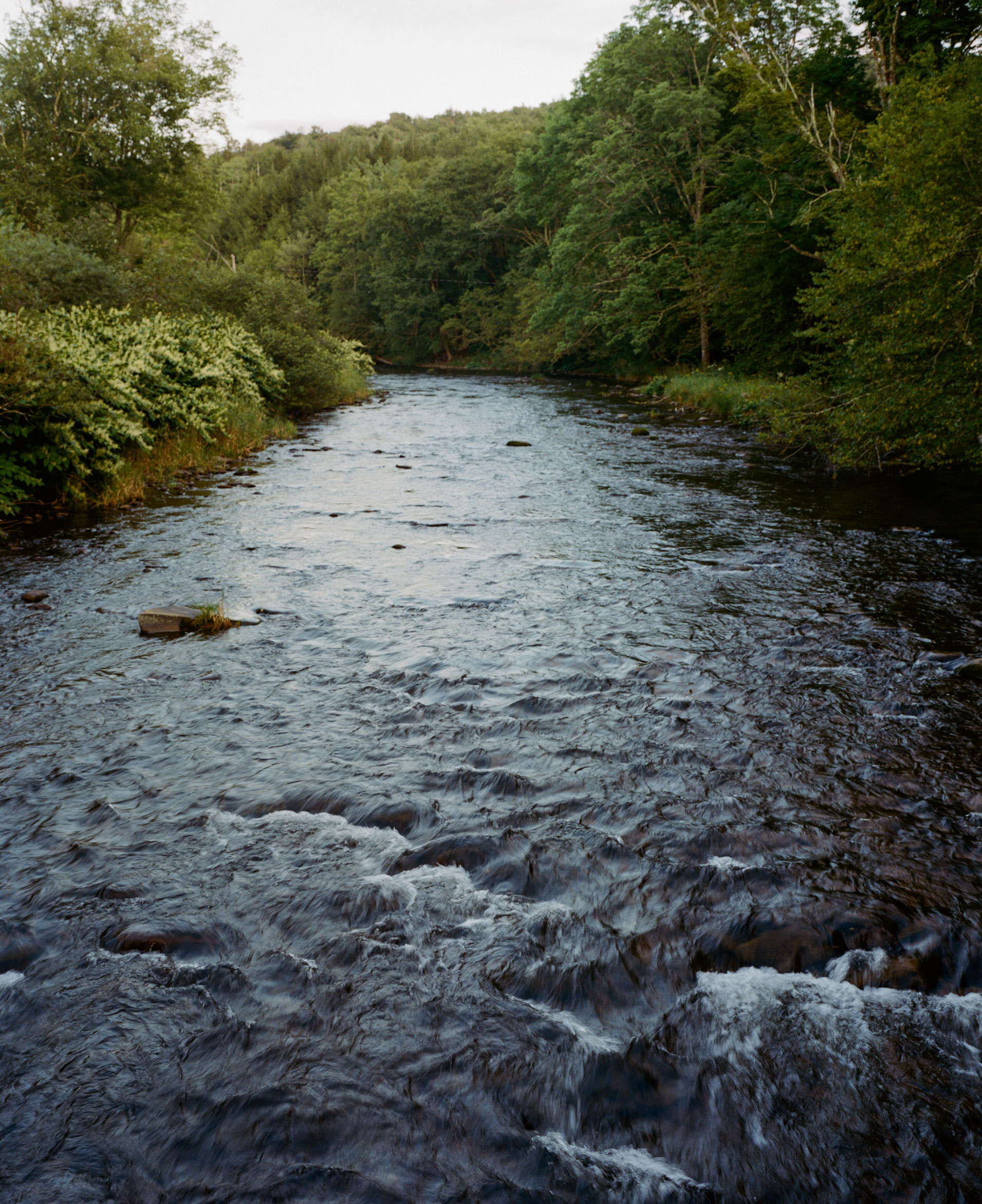

Above / Below: Photography by Lawrence Braun
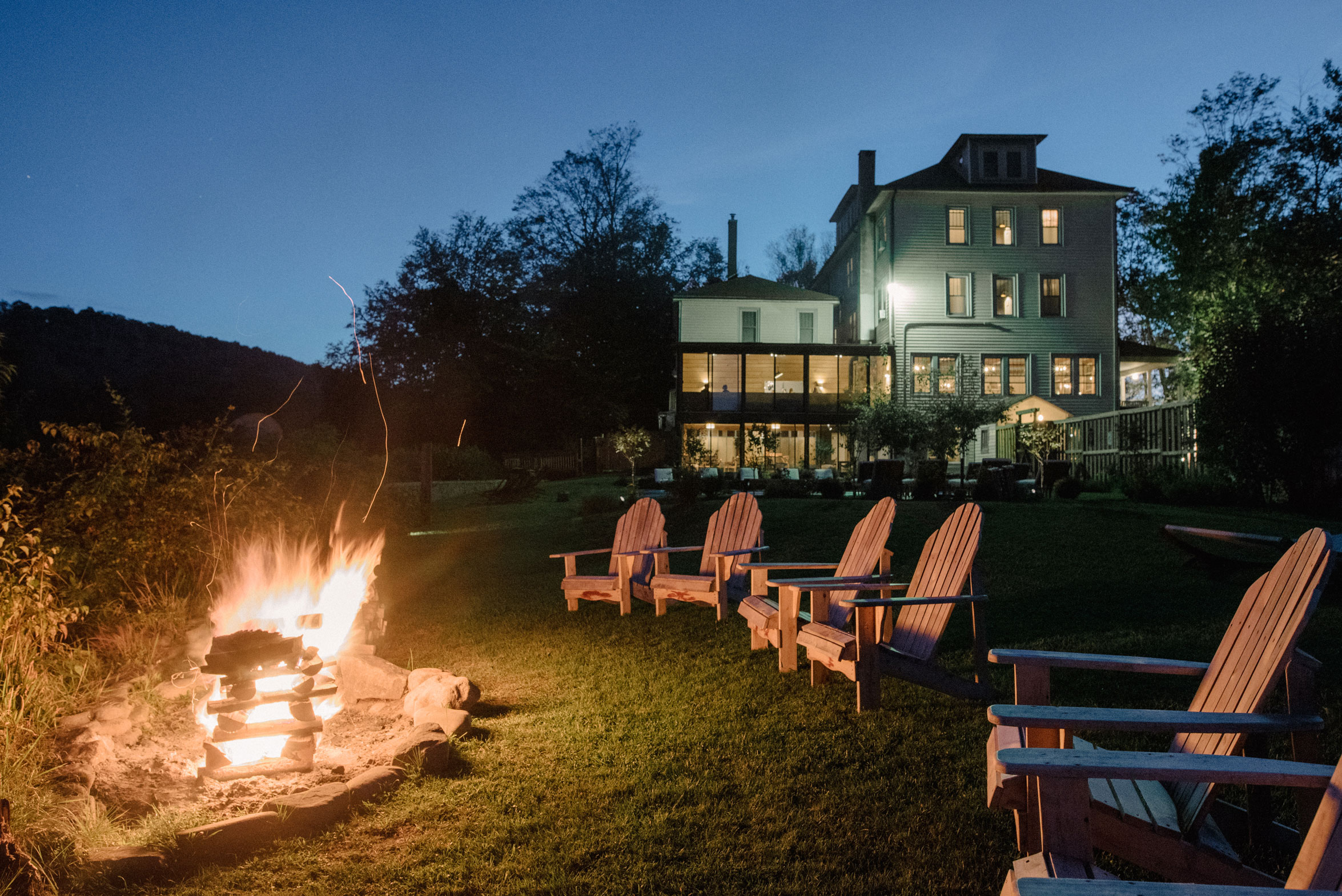
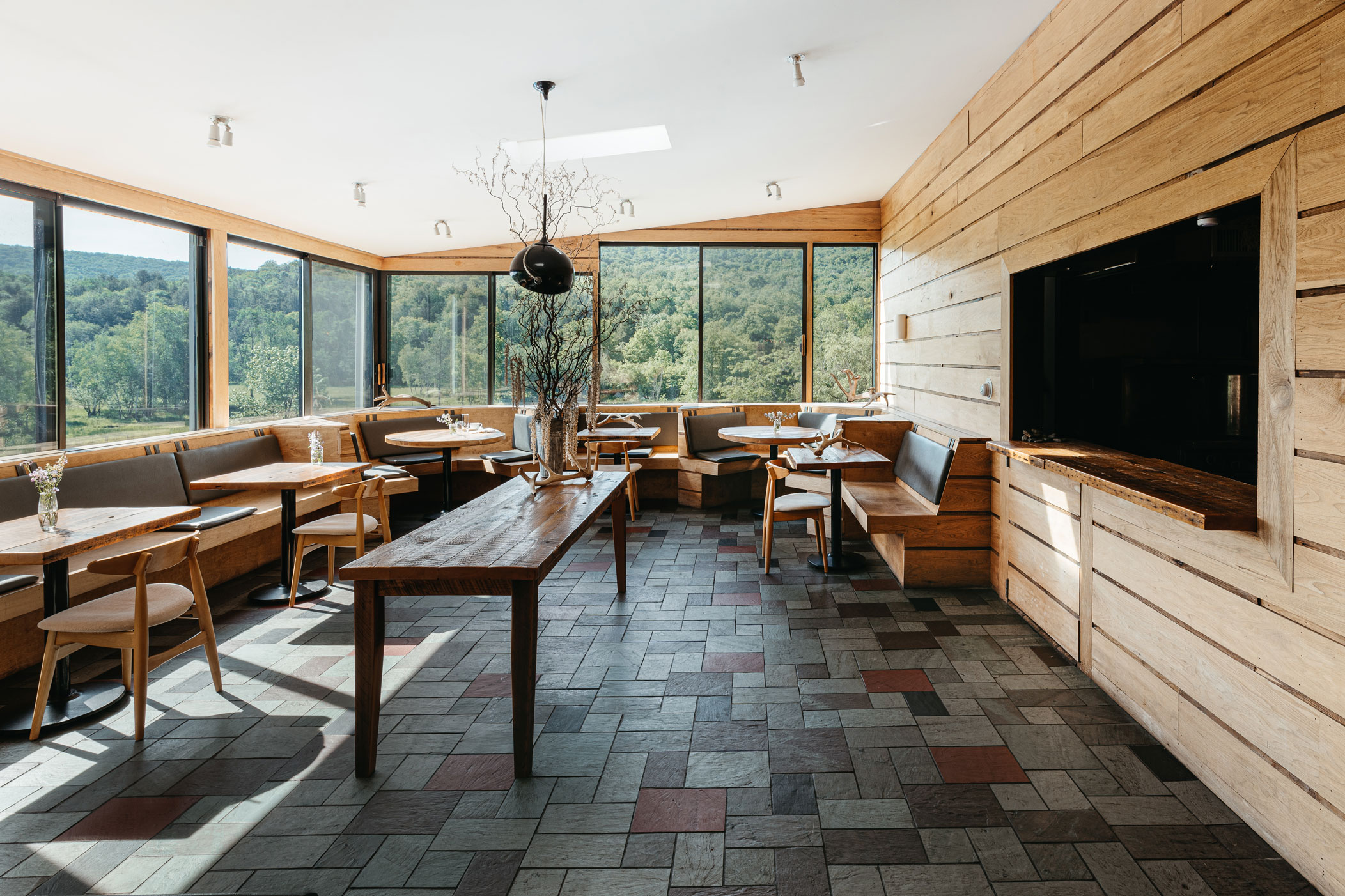

Q: How does that work from a practical and logistical standpoint?
A (Eric Leveillee): For every progression, we return to the drawing board again. It would be easier to just repeat previous menus, but that doesn’t feel authentic. On the Heritage menu, though, we almost always have chopped liver, which we put together at the table and present on freshly baked sourdough. It’s a tribute to Grossinger’s Catskill Resort Hotel, which was a mainstay on the Borscht Belt, and inspired so many other chefs and diners here. Sims almost got fired because of it, in fact.
Sims (laughing): It’s true! I was a dishwasher and I was always getting busted digging into the chopped liver.
Leveillee: For Heritage, it’s more about reflecting the place and the history, and Sims and I work together on that a lot. This time, we wanted to reflect the heritage from the Lenni Lenape, to Dutch and German immigrant farmers, the birth of fly fishing, the Borscht Belt, and today. For the others, it’s this special moment in time in the season. And for that, I rely heavily on our farmers and purveyors, who I have a really strong relationship with. One of our farmers I am constantly texting with and I actually sent someone over to the farm really late after service to pick up spinach for breakfast today. There is such a high level of closeness and trust we can ask our trout supplier for 16-inch fish, and we’ll get it. I can ask other farmers to grow specific ingredients for us, and they’ll do it. It’s mutual. They know we’re good for it, and being able to rely on us is important for them too, because it’s a guarantee for orders.
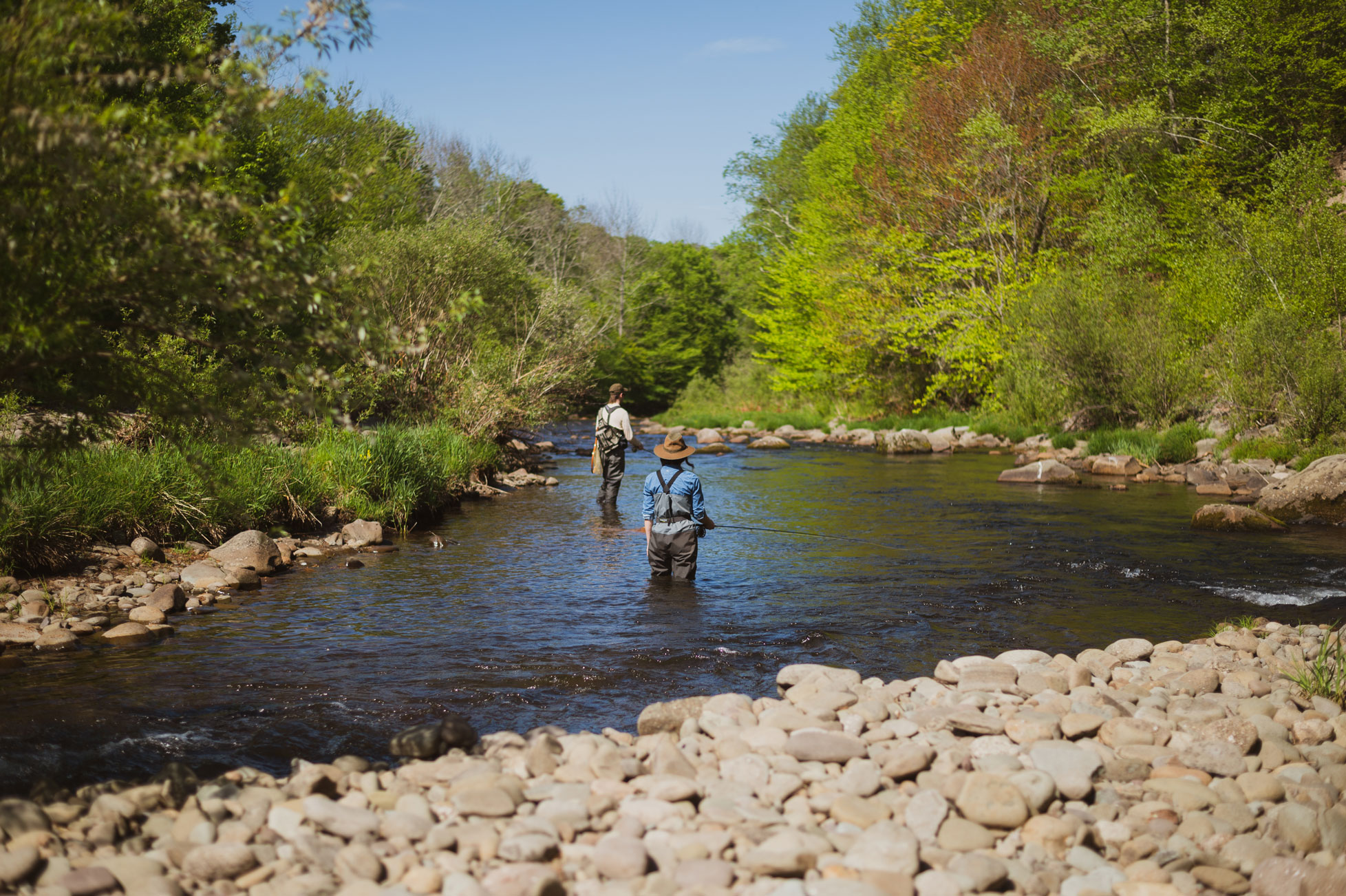
Q: The staff that serves the food and wine gets really involved in the storytelling too. How intentional was that?
A (Sims Foster): Very intentional. Part of our mission in supporting and celebrating Sullivan County is in hiring local staff whenever possible. Right now, we have about 150 people employed at Foster Supply, and probably 20 of them are from here. We take our training very seriously and make sure they try every dish and understand the history and place.
A (Eric Leveillee): The more they understand the purpose of each dish, the better they are at engaging with guests, and bringing the guests into the story. And because our staff right now is primarily from this region, they have their own personal ties to the ingredients and dishes. In the past, though, we’ve also had great staff from Del Posto in New York City, for example. And that brings another level of appreciation, energy, and inspiration. There’s a place for all of it.
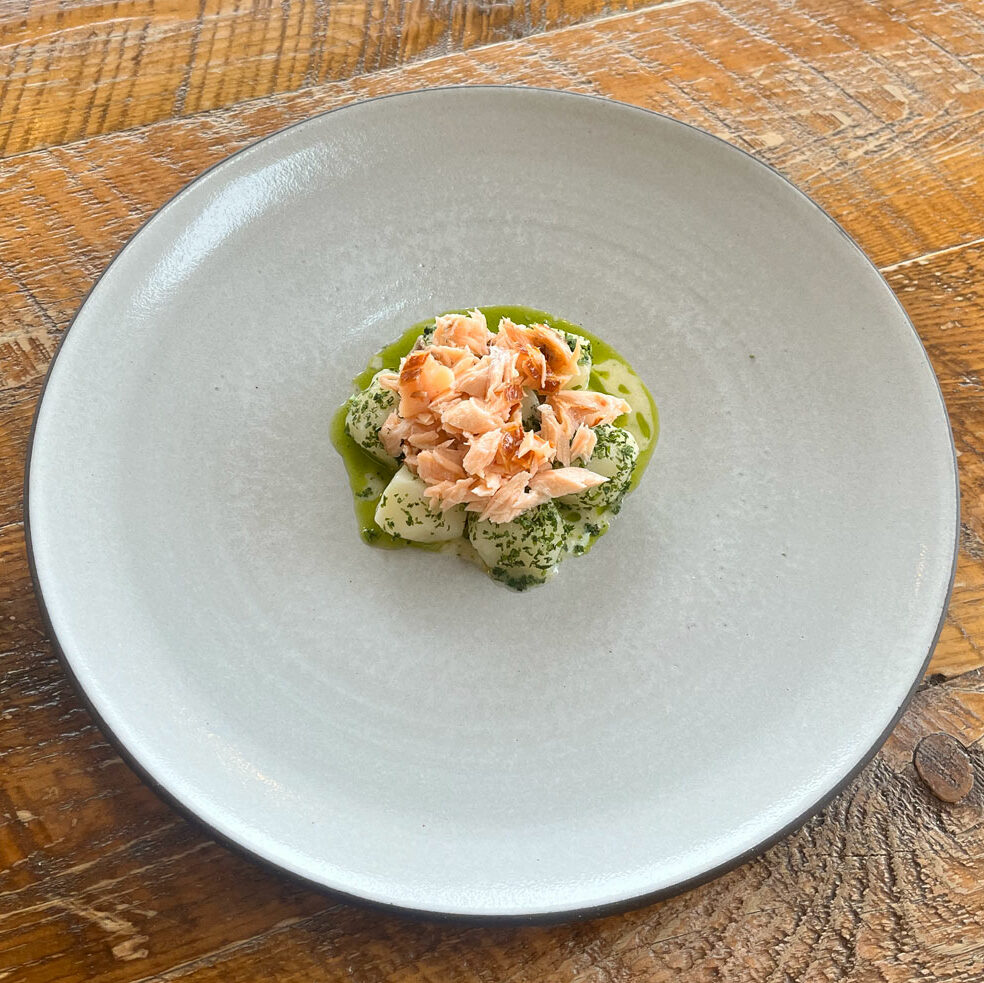
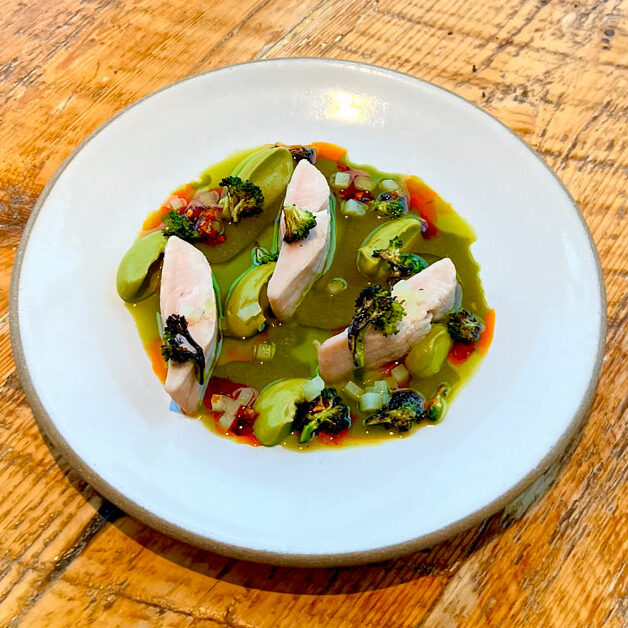
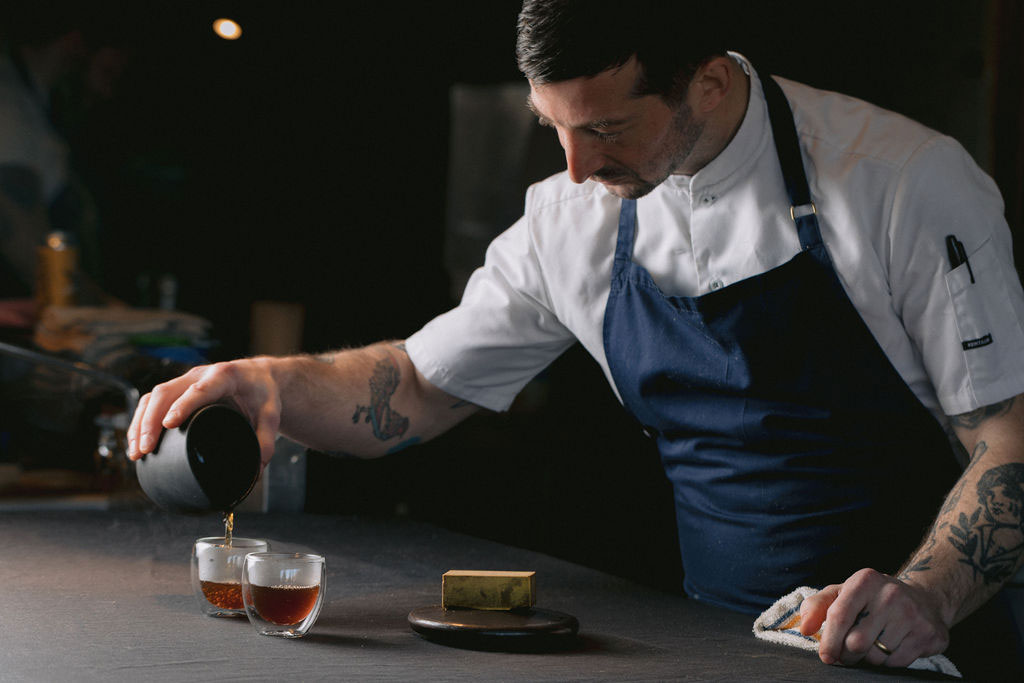
Q: What should diners expect from the Stream progression?
A (Sims Foster): This is all about the Rainbows, Browns, and Brookies that are coming down our streams right now. And what our spring foraging finds. In addition to the legendary trout here, we will also be celebrating the freshwater eel, steelhead, and bass. We’ll be highlighting spring produce like lettuces, chard, radishes, beans, asparagus, and beets. If you’re staying here, too, you can spend the day walking the miles of trails on our property, exploring with fly fishing and hiking, then returning here to hang in our Great Room, Conservatory, Club Room, and Front Porch before the tasting menu begins. From there, it’s a very specific taste of place and time.


